Geranium carolinianum
(wild geranium)
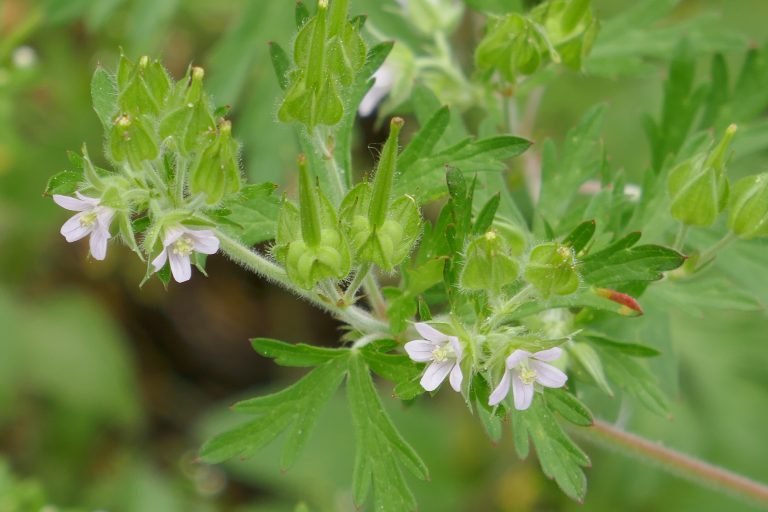
Common Names, Latin Name, and Family
Common names include cranesbill, cranes-bill, Carolina crane’s-bill and Carolina geranium.
The Latin name is Geranium carolinianum.
Wild geranium is in the Geraniaceae, or geranium, family.
Form
An annual wildflower that grows to a height of 2 feet.
Leaves
Wild geranium leaves are opposite and palmately lobed with deep clefts.
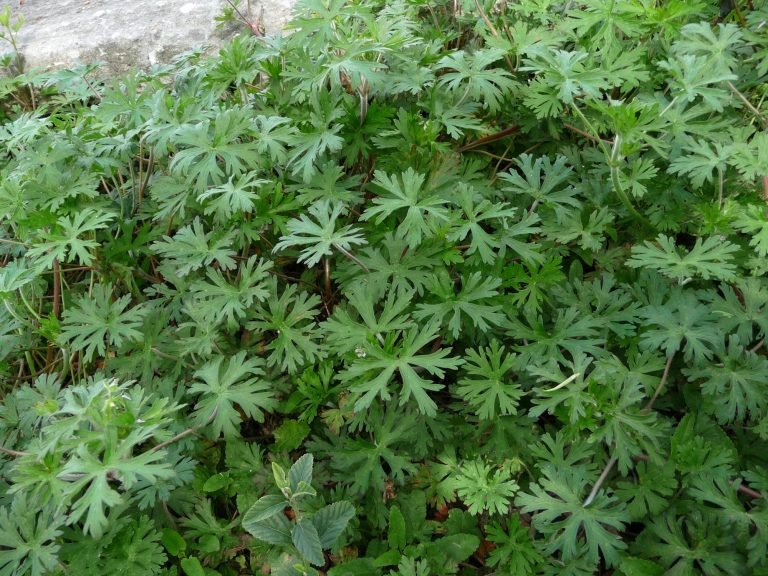
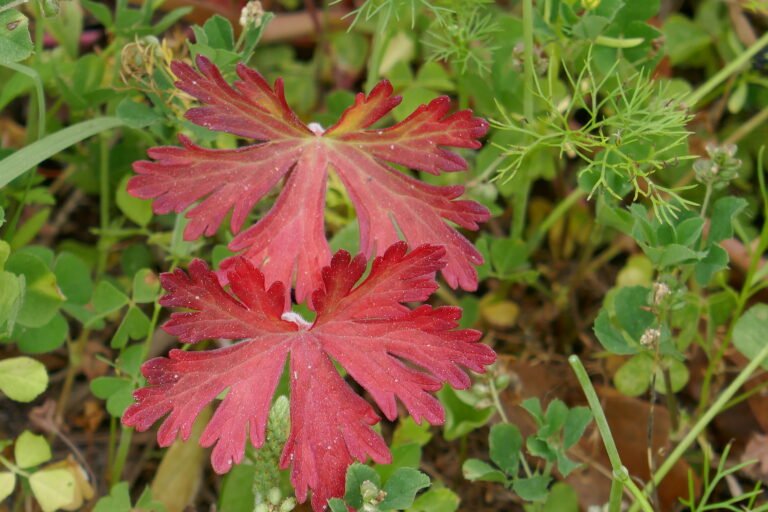
Flowers
Small pink flowers appear in the spring, summer and fall.
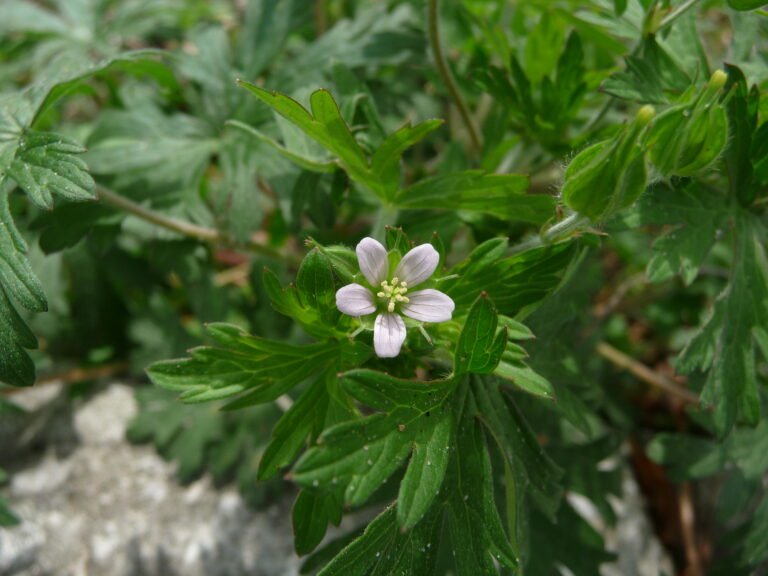
Fruit / Seeds
The seed pods are sharply angled and resemble a crane’s bill hence one of its common names – cranesbill.
Once the pods ripen and turn brown the sutures that run along the length of the pod separate and the spring loaded seed explodes outwards to find a new place to germinate.
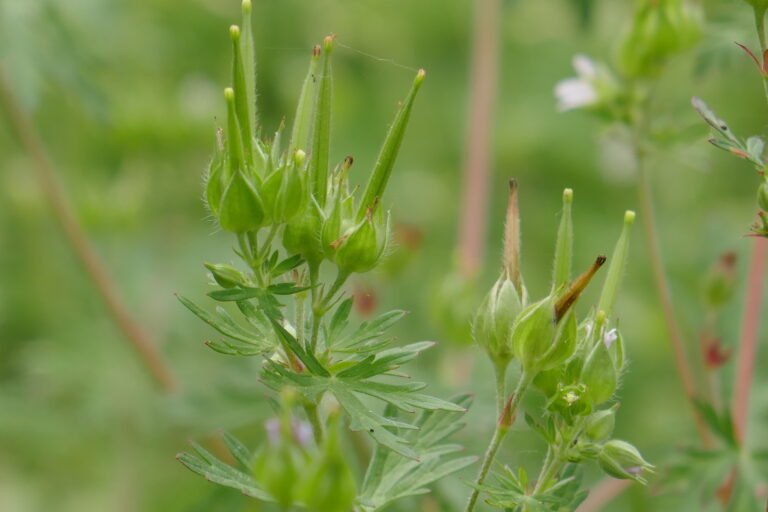
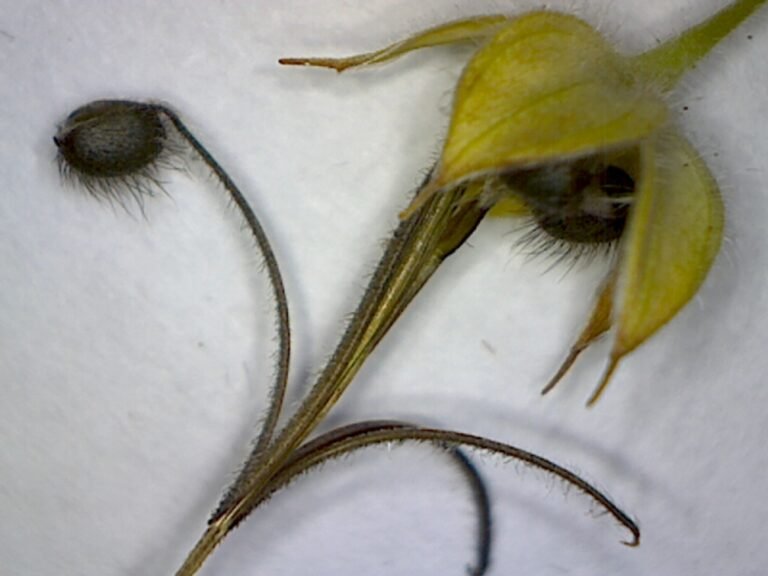
Habitat
It grows in disturbed sites, open woods and lawns.
Native Range
In Florida it grows throughout most of the state with the exception of a few counties farthest south including the Keys.
It is native to just about every state in the United States.
Landscape Use
It grows in average to dry soils in part shade to full sun.
It grows low to the ground so it is a nice wildflower to plant at the base of taller ones. If you let it reseed you shouldn’t have to ever start the seeds again in that particular area of your green space.
Wildlife Use
The small pink flowers are used by butterflies and bees as a nectar source and the seeds are eaten by songbirds and small mammals.
Propagation
Propagation is mostly through seeds since it is an annual. However small seedlings may be transplanted if you locate them around a parent plant or where some grew the previous year.
This wildflower tends to volunteer in quite a few places in the garden, lawn and roadside.
